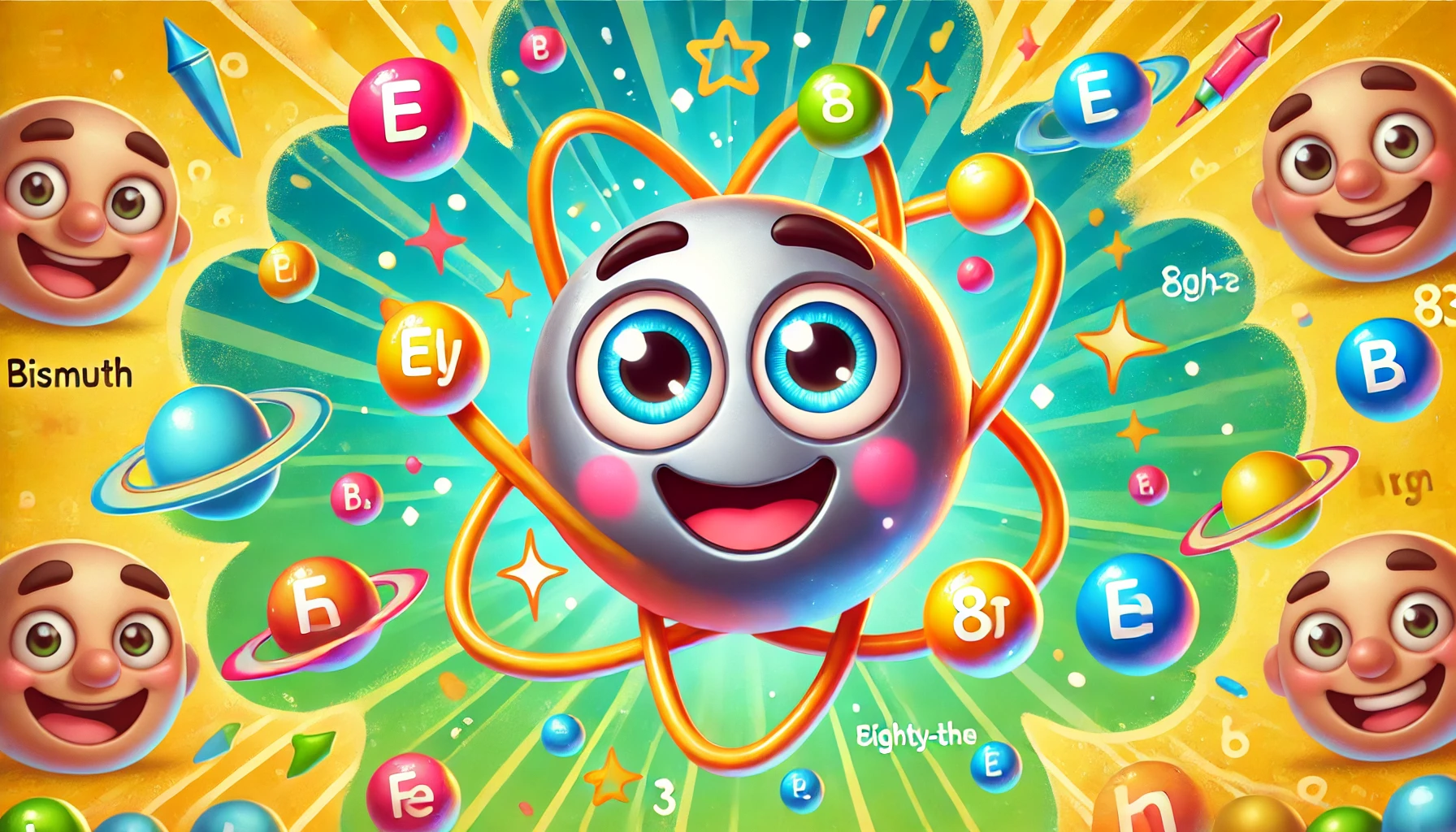Understanding Bismuth: Properties, Uses, Health Risks, and Fascinating Facts
Understanding Bismuth: Properties, Uses, Health Risks, and Fascinating Facts
Table of Contents
- Introduction to Bismuth
- Properties of Bismuth
- Uses of Bismuth
- Health Risks of Bismuth Exposure
- Interesting Facts about Bismuth
- Environmental Impact of Bismuth
- Conclusion
- References
Understanding Bismuth: Properties, Uses, Health Risks, and Fascinating Facts
Introduction to Bismuth Bismuth is a chemical element with the symbol Bi and atomic number 83. It is a brittle, crystalline metal known for its low toxicity and unique properties. This article explores the properties, uses, health risks, and interesting facts associated with bismuth, providing a comprehensive understanding of this fascinating element.
Properties of Bismuth Bismuth is characterized by several distinct physical and chemical properties.
Physical Properties
- Appearance: Bismuth is a brittle metal with a silvery-white color and a pinkish tinge.
- Density: The density of bismuth is 9.78 g/cm³.
- Melting Point: Bismuth has a melting point of 271.4°C (520.5°F).
- Boiling Point: The boiling point of bismuth is 1,564°C (2,847°F).
Chemical Properties
- Reactivity: Bismuth is relatively stable and does not oxidize easily in air. It is resistant to attack by oxygen and water but can react with acids and halogens.
- Compounds: Bismuth forms various compounds, such as bismuth(III) oxide (Bi₂O₃), bismuth subsalicylate (C₇H₅BiO₄), and bismuth chloride (BiCl₃).
Uses of Bismuth Bismuth has numerous applications across different industries due to its unique properties.
Medicine
- Pharmaceuticals: Bismuth subsalicylate is an active ingredient in over-the-counter medications such as Pepto-Bismol, used to treat gastrointestinal issues like indigestion, nausea, and diarrhea.
- Antimicrobial Agents: Bismuth compounds are used in antimicrobial treatments, including treatments for Helicobacter pylori infections.
Industry
- Alloys: Bismuth is used in various alloys to replace lead in plumbing, electronics, and ammunition, offering a safer alternative due to its low toxicity.
- Low-Melting Alloys: Bismuth-based low-melting alloys are used in fire detection and suppression systems, as well as in automatic sprinkler systems.
Cosmetics and Pigments
- Cosmetics: Bismuth oxychloride is used in cosmetics, such as eyeshadows and powders, to create a pearlescent effect.
- Pigments: Bismuth compounds are used to create vivid, non-toxic pigments for paints and coatings.
Nuclear Industry
- Coolant: Bismuth is used as a coolant in nuclear reactors due to its high thermal conductivity and low neutron absorption cross-section.
Health Risks of Bismuth Exposure Bismuth is generally considered to have low toxicity, but exposure to bismuth compounds should still be managed carefully.
Inhalation and Ingestion
- Respiratory Issues: Inhalation of bismuth dust or fumes can cause respiratory irritation.
- Gastrointestinal Issues: Ingestion of large amounts of bismuth compounds can cause gastrointestinal distress, including nausea, vomiting, and diarrhea.
Skin and Eye Contact
- Skin Irritation: Direct contact with bismuth compounds can cause skin irritation and dermatitis.
- Eye Irritation: Exposure to bismuth dust or solutions can cause eye irritation and potential damage.
Chronic Exposure
- Bioaccumulation: Chronic exposure to high levels of bismuth can lead to the accumulation of the metal in the body, potentially causing kidney damage and other health issues, although such cases are rare.
Interesting Facts about Bismuth Bismuth has several intriguing aspects that make it an interesting element.
Discovery
- Historical Uses: Bismuth has been known since ancient times and was often confused with lead and tin until the 18th century, when it was recognized as a distinct element.
Unique Properties
- Low Toxicity: Bismuth is the heaviest non-radioactive element and is less toxic than lead, making it a safer alternative for many applications.
- Crystalline Structure: Bismuth crystals exhibit a fascinating, rainbow-colored, iridescent appearance due to the formation of a thin oxide layer on their surface.
Isotopes
- Stable Isotopes: Bismuth-209 is the most stable isotope and was long considered stable until it was discovered to have an extremely long half-life, making it effectively stable for practical purposes.
- Radioactive Isotopes: Several radioactive isotopes of bismuth are known, but they are rare and have relatively short half-lives.
Environmental Impact of Bismuth Bismuth is considered environmentally friendly compared to other heavy metals, but its extraction and use should still be managed responsibly.
Natural Occurrence
- Abundance: Bismuth is relatively rare in the Earth’s crust and is typically found in ores with other metals such as lead, copper, and tin.
- Mining: Bismuth is often obtained as a byproduct of mining for these other metals.
Pollution and Waste Management
- Environmental Pollution: While bismuth is less toxic, improper disposal and mining activities can still lead to environmental contamination.
- Waste Management: Proper disposal and recycling of bismuth-containing products are crucial to minimize environmental impact.
Conclusion Understanding bismuth, its properties, uses, health risks, and interesting facts provides valuable insight into this unique metal. While bismuth has several important applications, particularly in medicine, industry, and cosmetics, appropriate safety measures should be taken to minimize exposure and environmental impact. Its low toxicity, historical significance, and fascinating properties highlight the potential and importance of bismuth in modern technology and industry.

<ⓒ WizardMedics (wizardmedics.com)>






